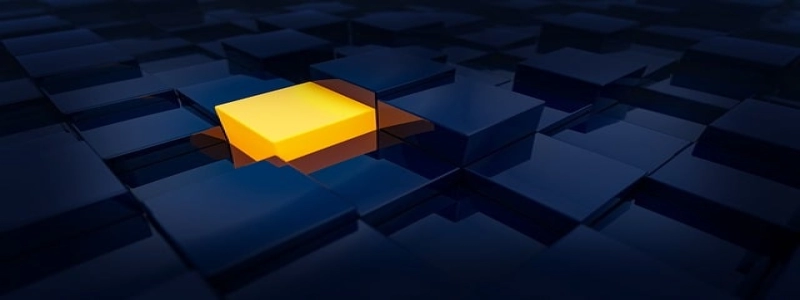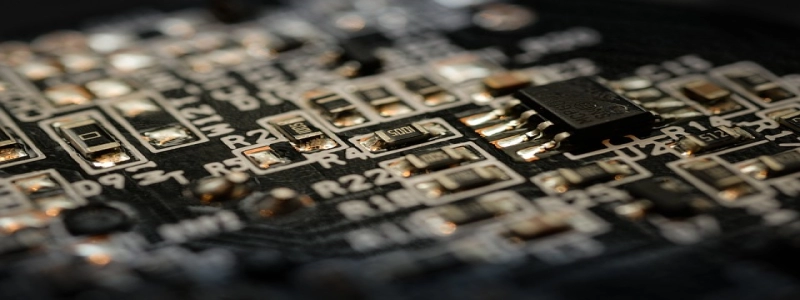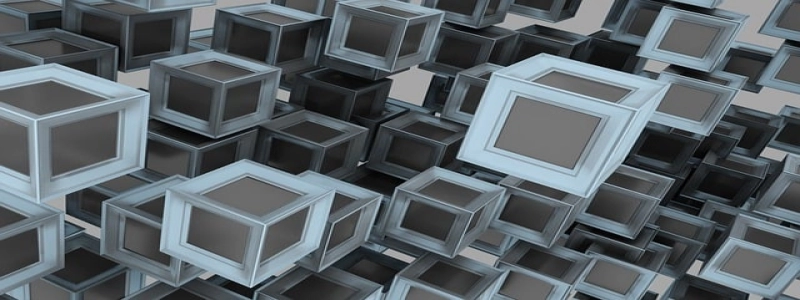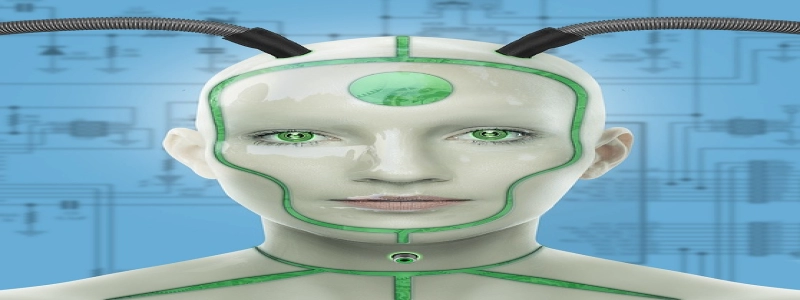Ethernet Cable Parts
Introduction:
Ethernet cables are essential components for setting up a wired network connection. They are used to connect devices such as computers, routers, and switches, enabling data transfer and communication between them. In this article, we will discuss the various parts of an Ethernet cable and their functions.
I. Connector:
The connector is the interface that allows the cable to be connected to devices. The most commonly used Ethernet connector is the RJ-45, which has eight pins. It provides a secure and reliable connection.
II. Jacket:
The jacket is the outer covering of the Ethernet cable. It is typically made of PVC or plenum material. The jacket provides protection against physical damage, moisture, and electromagnetic interference.
III. Insulation:
The insulation is a layer of material surrounding each individual wire within the Ethernet cable. It helps to prevent signal loss and interference between adjacent wires.
IV. Conductors:
Conductors are the wires inside the Ethernet cable that carry the electrical signals. Ethernet cables have four pairs of twisted copper wires. The twisting helps to reduce signal interference from external sources.
V. Shielding:
Some Ethernet cables may have shielding, which is an additional layer of material that surrounds the conductors. Shielding provides extra protection against electromagnetic interference, ensuring a stable and high-quality signal transmission.
VI. Strain Relief Boot:
The strain relief boot is a small plastic cover placed over the connector. It helps to protect the cable from excessive bending or pulling, preventing damage to the wires and maintaining a secure connection.
VII. Labels:
Ethernet cables often come with labels that identify their category, such as Cat5e or Cat6. These labels indicate the cable’s performance specifications, including the maximum data rate and transmission distance.
Conclusion:
Ethernet cables consist of various parts that work together to provide a reliable and efficient network connection. Understanding the different components, such as connectors, jackets, insulation, conductors, shielding, strain relief boot, and labels, is essential for selecting the right cable for your networking needs. Whether for personal or professional use, choosing the appropriate Ethernet cable parts ensures seamless data transfer and improved network performance.








